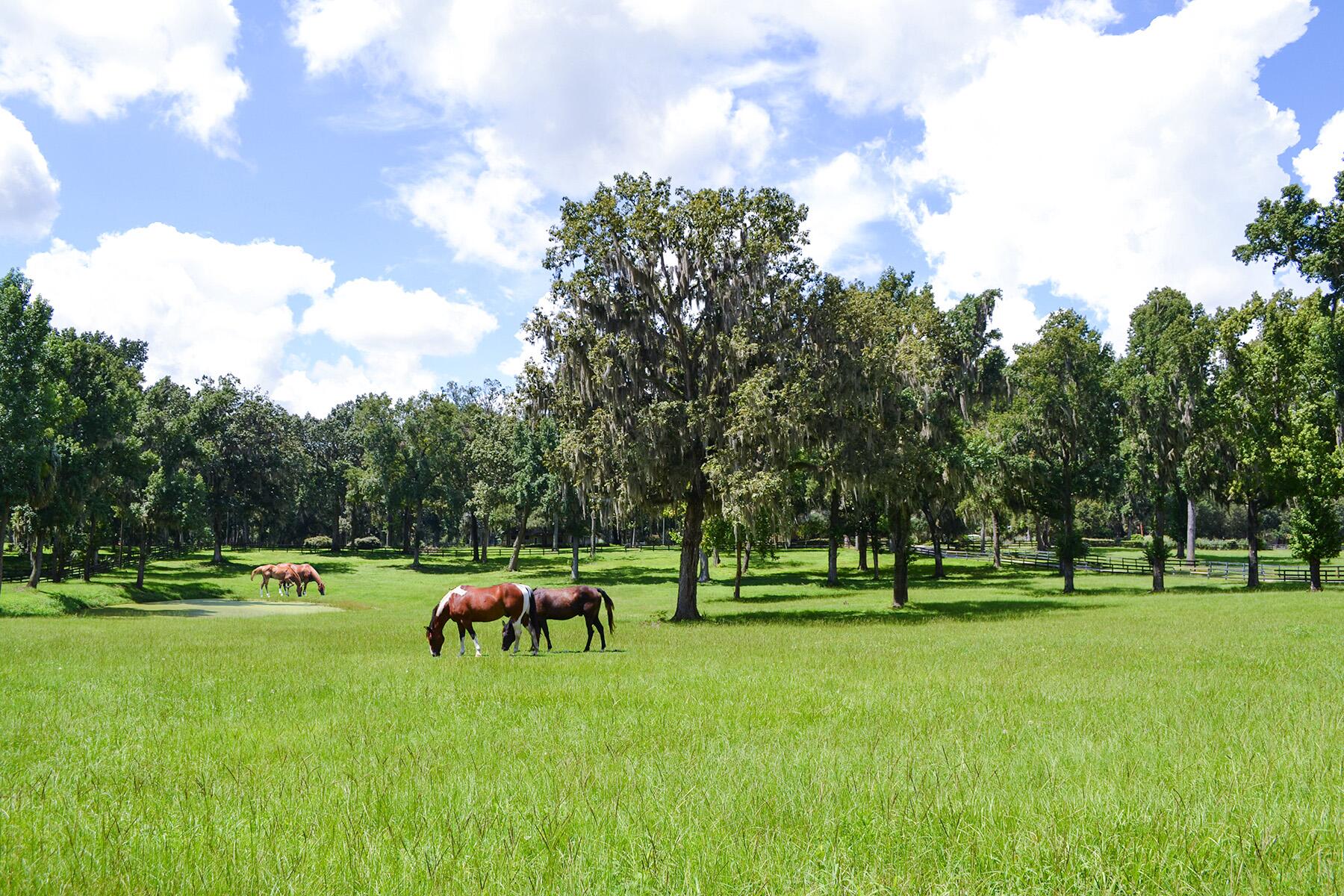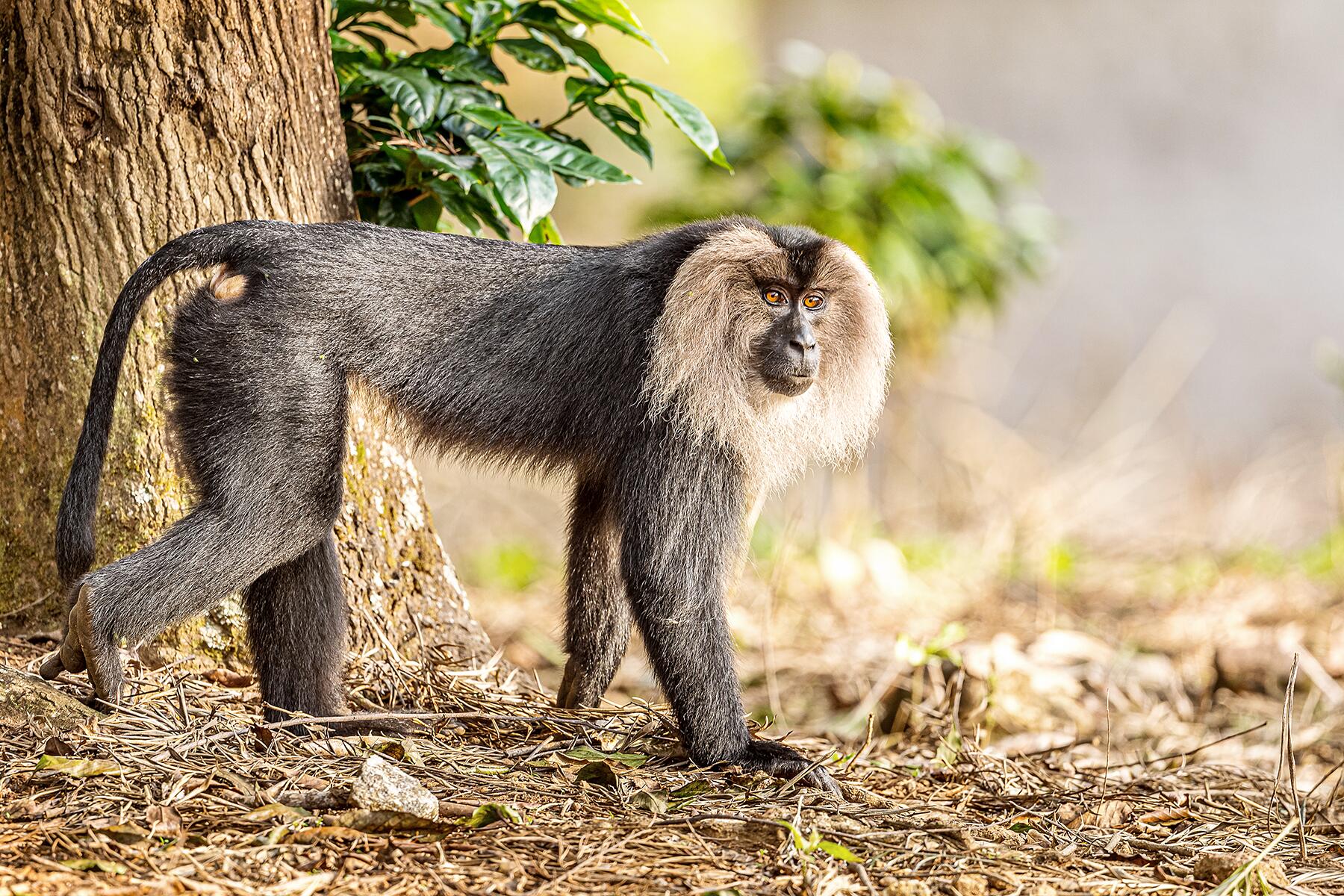From the royal tiger to freshwater dolphins, these rare species aren’t found anywhere else in the world.
India is home to 104 national parks and 553 wildlife sanctuaries. It is rich with nature—its deserts, wetlands, forests, and coasts give shelter to about 8% of the world’s species, and new ones are found every year. Although the elusive cats and majestic elephants are the postcards of wildlife in India, there are many other creatures that inspire awe, like the Great Indian Bustard and barasingha. Is it any surprise then that a safari experience in the country is nothing short of a wildlife documentary?
However, like any other country in the world, India, too, is dealing with the loss of biodiversity. About 12% of wild mammals and 3% of bird species face extinction in India according to WWF-India—many are endangered and vulnerable. Conservation efforts have given a new lease to some and as per the UN, transformative change can protect nature even after so much destruction.
Responsible tourism helps in safeguarding natural habitats and communities that depend on nature, so plan a conscious trip to India and learn more about these species that are found nowhere else in the world (mostly).
INSIDER TIPWant to learn more about nature? Turn to Sir David Attenborough who has two wonderful documentaries on Netflix: David Attenborough: A Life on Our Planet and Our Planet.





Nice article. However, the title and preface are deceptive given that -- the article itself states that -- some of these animals are also found elsewhere in the subcontinent. Clickbait?